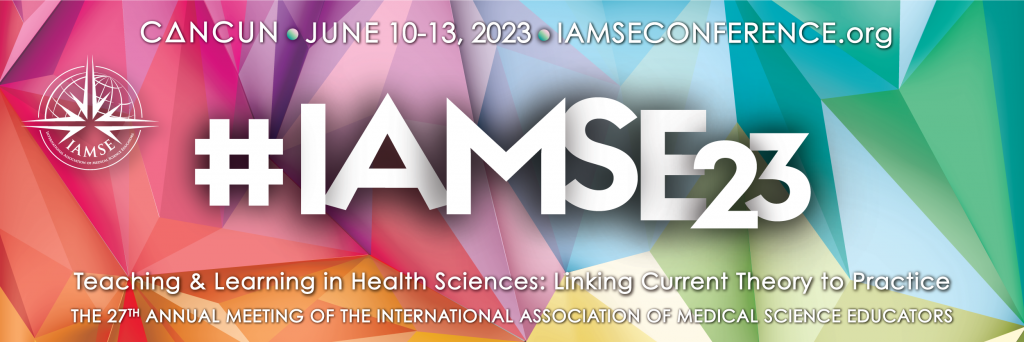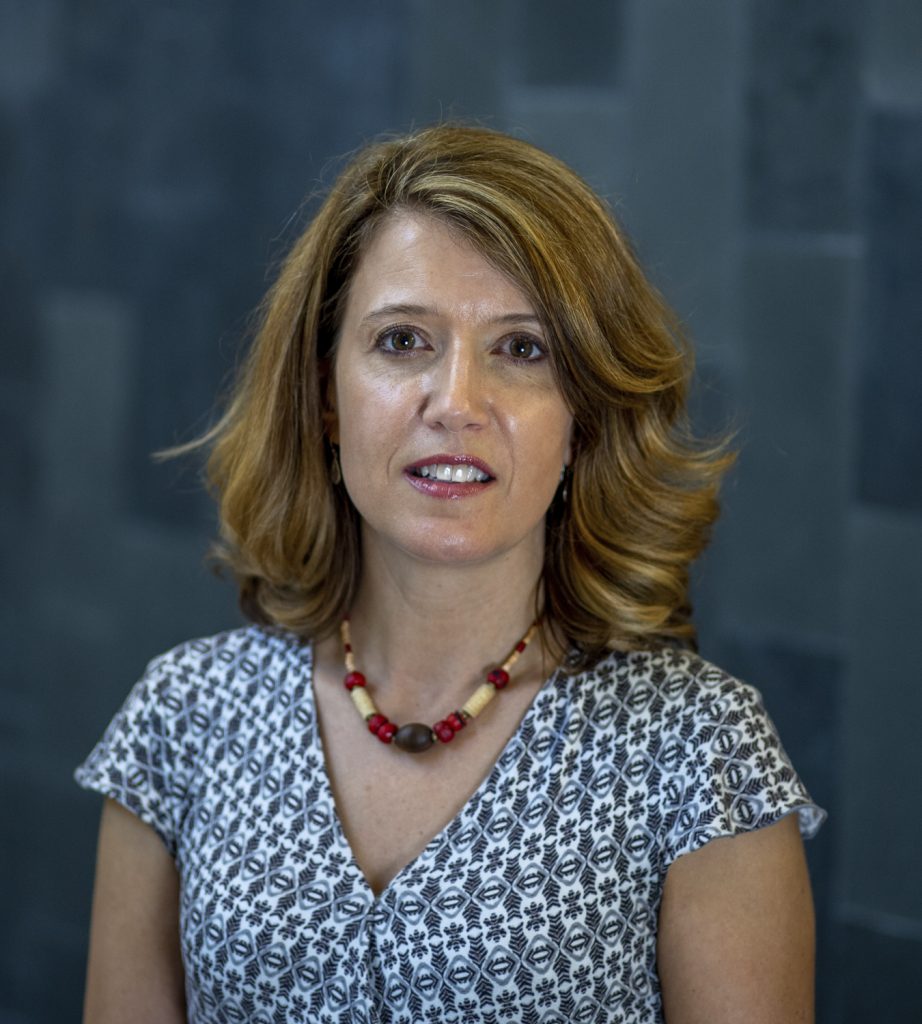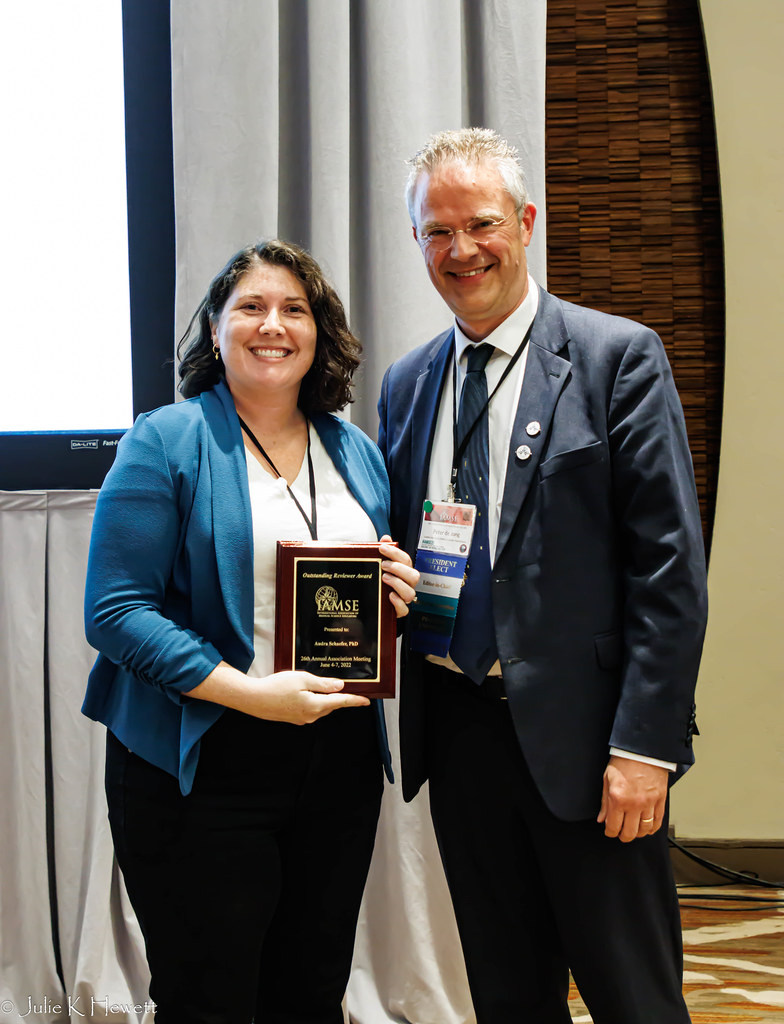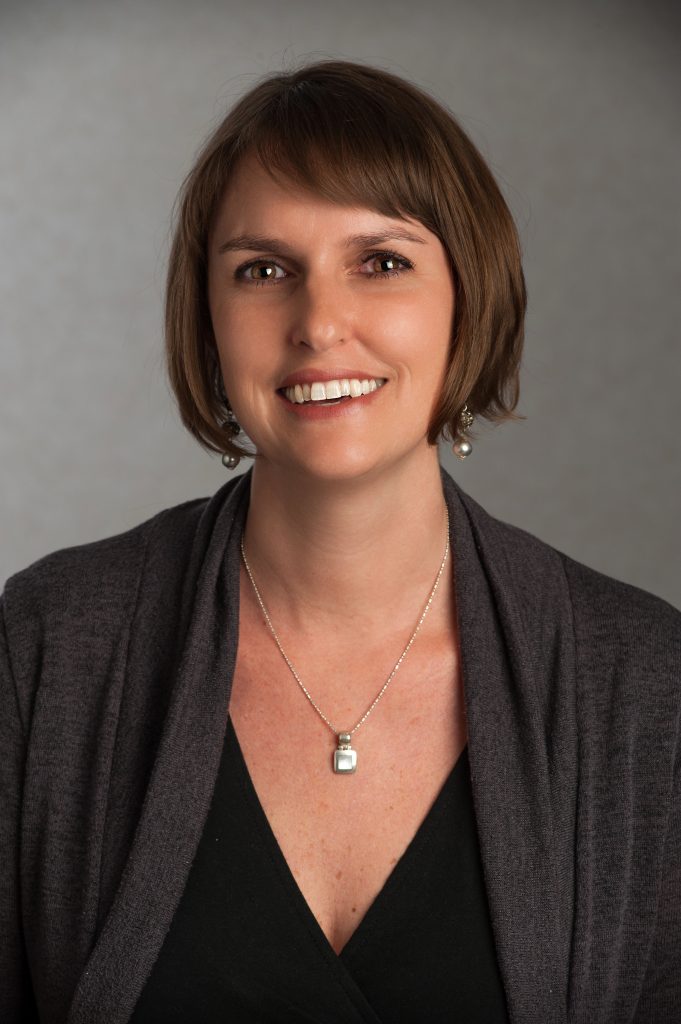Our association is a robust and diverse set of educators, students, researchers, medical professionals, volunteers and academics that come from all walks of life and from around the globe. Each month we choose a member to highlight their academic and professional career and see how they are making the best of their membership in IAMSE. This month’s Featured Member is Cathryn Caudill.
Cathryn Caudill, PhD
IAMSE 2022 Oustanding Faculty Oral Presentation Winner
Professor of Pathology
Kentucky College of Osteopathic Medicine at the University of Pikeville
Congratulations on winning the 2022 Outstanding Faculty Oral at the IAMSE Conference in Denver! What led you to submit an abstract to IAMSE for this meeting?
Thank you! My primary motivation for submitting an abstract to the IAMSE annual meeting was to share our findings with the profession, especially since we found improvements in some dimensions of medical student mental health during the pandemic that were quite surprising. I also hoped to make connections with other researchers and institutions who were either studying medical student mental health, or who had developed impactful wellness programs or resources. Of course, the honor of presenting research at our profession’s premier conference was also very enticing!
Tell me a little bit about the research of your winning presentation? What really excites you about this topic?
Our research documented medical student mental health during the peak of the pandemic, via a survey of U.S. osteopathic and allopathic medical students administered in December 2020 and January 2021. We identified demographic and experiential factors associated with poor mental health indicators, including depression, anxiety, burnout, self-harm/suicidal ideation, and substance use, in the hopes that medical schools and clinical clerkships could target counseling and resources to students most at-risk. I was most excited to find that some dimensions of medical student mental health, specifically burnout and self-harm/suicidal ideation, actually improved relative to pre-pandemic rates. Depression and substance use remained the same, and only anxiety increased during the pandemic among our medical student population. These same indicators were worse in the American public and other student groups during the pandemic, so it is worth exploring the experiential factors that may be influencing these improvements in future research. I won’t belabor all of our findings, but I was particularly struck that the relationship between COVID-19 and mental health appeared to be modulated by how personal it was to the student; for instance, students who personally knew someone who died of COVID-19 infection had worse mental health measures in every dimension. This study also affirmed that we need to continuously support students who are already reaching out for mental health resources at our institutions; these students were more than four times as likely to self-harm or consider suicide, and over twice as likely to use substances to cope with pandemic-related stress.
I need also to acknowledge Madison Jupina, DO, a recent KYCOM graduate who formulated and completed this research during her clinical clerkship. I feel incredibly fortunate that she approached me for faculty-mentored research guidance; it was incredibly rewarding to work with such a highly motivated student, and learn more about medical student health in the process!
Your award comes with one year of waived registration to the IAMSE Webcast Audio Seminar Series. What has been your favorite WAS series or session so far? And are you excited to participate in this year’s series lineup?
The IAMSE Webcast Audio Seminar Series from Fall 2021 and Spring 2022 were so timely and relevant to the changes that are happening in medical education in this moment. I particularly enjoyed the 4th Winter session (“Identity Shape-Shifting”) about the role foundational medical sciences faculty have in helping students form their professional identity. The session provoked me to re-evaluate my own role in professional identity development, which I had previously thought was almost solely influenced by our clinical faculty. Not only was my perception changed, but I was also intrigued by some of the other concepts introduced in the presentation, such as helping students develop “uncertainty tolerance.” I’m very eager to participate in this year’s series about barriers to student success and how we can better support at-risk students, especially given that we know student mental health both impacts and is impacted by their performance.
What interesting things are you working on outside the Association right now? Research, presentations, etc.
Like many other medical school faculty, the pandemic fundamentally changed how I taught. With the switch to virtual teaching, I needed to know how well my students were progressing while physically absent from campus, and I began assigning graded formative assessments for every class session in Pathology. I expected lots of pushback from students for the extra work, but I was delighted that they enthusiastically embraced these opportunities to continuously assess their learning because they found them valuable. I continued to utilize regular formative assessments when we returned to on-campus instruction, and students still cite them as one of the most valuable aspects of the course. Although most of these formative assessments are faculty-authored, we also began assigning questions from a commercial test bank (TrueLearn) in the last academic year. My teaching colleague, Dr. Ayesha Ghayur, and I have been completing educational research on the impact of these formative assessments in our course, specifically looking at how students utilize and value faculty-authored formative quizzes versus questions assigned from the commercial test bank. Students value both types of assessments, but for different purposes and reasons, and we’re eager to share this research soon.
I’m also excited to continue my work with medical student mental health and wellness at KYCOM. I am the faculty advisor to our Student Government Association’s Mental Health Committee, and it has been exciting and rewarding to watch our students develop initiatives and lead activities on campus to promote wellness and decrease the stigma of mental illness. Over the past two years, I’ve administered a Wellness Hub for students via our campus course management system, but I’m in the progress of migrating the resources to a permanent website, Med School Recess, so that they are accessible to medical students anywhere. I’m excited to work on something that may have benefit to others beyond my institution.
Anything else that you would like to add?
I am consistently impressed with and enriched by the programs offered through IAMSE. The webinars and conferences that I have participated in over my two years of membership in the organization have accelerated my professional growth, even after 16 years of medical school teaching. I appreciate all of our colleagues who offer their experiences and knowledge to grow our profession, and I’m excited to continue to learn from you and contribute what I can in the future.






